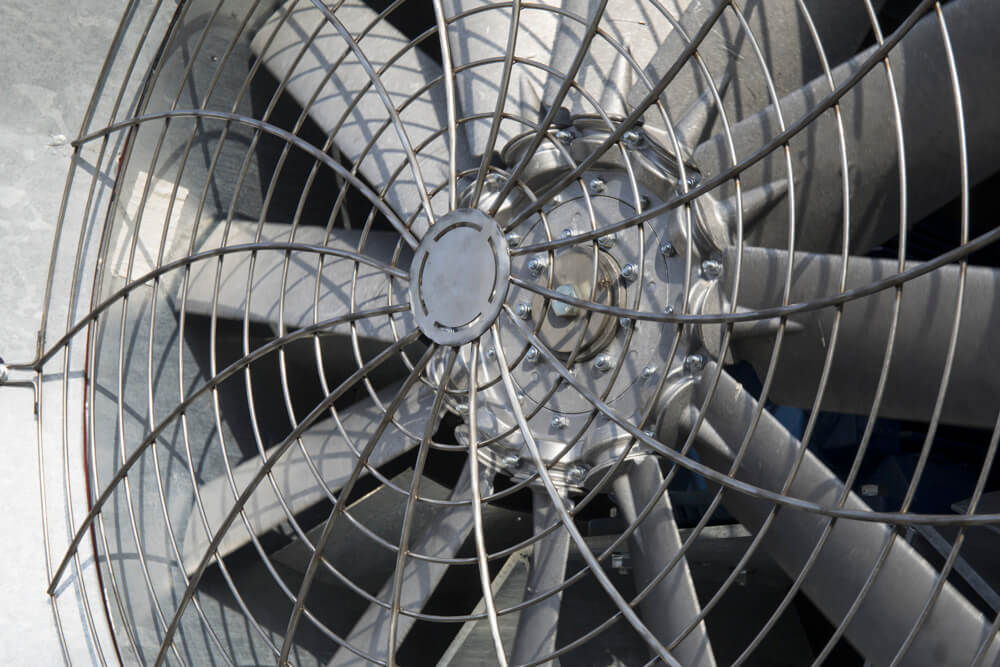A lot hinges on appropriate fan design and selection. If not properly addressed, a whirlwind of consequences can hurtle down: energy inefficiency, production hiccups, surplus carbon emissions, increased operational costs—to name a few. With the industry landscape as it is, competitive to its core, not evaluating mechanical draft fans for efficiency upgrades can strip away advantages and cut into profit margins. Learn the power that efficiency wields among the industry, along with how to give energy efficiency a boost.
Efficiency Matters
Nowadays, energy efficiency is a hot commodity in the industry sectors. This gravitation toward efficiency owes its roots to ever-slimming profit margins, the constant creep of power costs, and a web of federal and state mandates and energy-saving incentives. But one of the main catalysts for energy efficiency’s reign may be for efficiency’s sake, and the reduced production costs that result. When weighed against the other, electrical power usage per ton of steel produced makes energy efficiency highly coveted.
Uplifting Fan Efficiency
When energy efficiency’s the name of the game, it’s good to look at how mechanical draft fans measure up in that area. A fan prime for servicing is one where performance is lacking for what’s needed. For instance, an overly dampened fan could indicate an oversizing issue, with inefficiency a likely byproduct. Once the preliminary audit has been settled, the next step ascertains actual conditions in performance: field testing.
Done on site, field testing gathers a range of pressure and temperature reads, along with motor metrics. Some of these include barometric pressure, gas temperatures, duct system points, motor rotational speed, and motor input power. The next stage involves engineering, fabrication, and installation.
Based on the situation, and what condition the fan is in, the engineering and installation phase can vary. When it’s all said and done, you don’t always have to replace mechanical draft fans in their entirety. Sometimes system requirements allow for a fan retrofit, which still uses the existing support structure, refitting the fan into the present duct manifold system. This phase also sees various tipped and bladed fans used—based on condition, the underlying fan system, and instances of build-up. Some fan installations and retrofits call for radial tip blade designs, while others may be more suited to a different type or spec.
The final leg in boosting fan efficiency involves a wave of performance testing, along with a record of the results seen. Post-upgrade tests check for how operation efficiencies chart with one another, from flow rate to motor power.
Boost Your Fan’s Efficiency
In today’s competitive industry, making mechanical draft fans more efficient is a game-changer plants would be remiss to ignore. The benefits to ROI, along with cuts to operational costs, pay itself back in investment. For a solutions provider that knows industrial fans like the back of our hands, turn to ProcessBarron. We provide turnkey solutions for plants, mills, and more so they can stay productive, energy efficient, and more than profitable. Request a quote for our services, get in touch with a local sales representative, and track with the industry-leading trends that are sweeping the scene.


